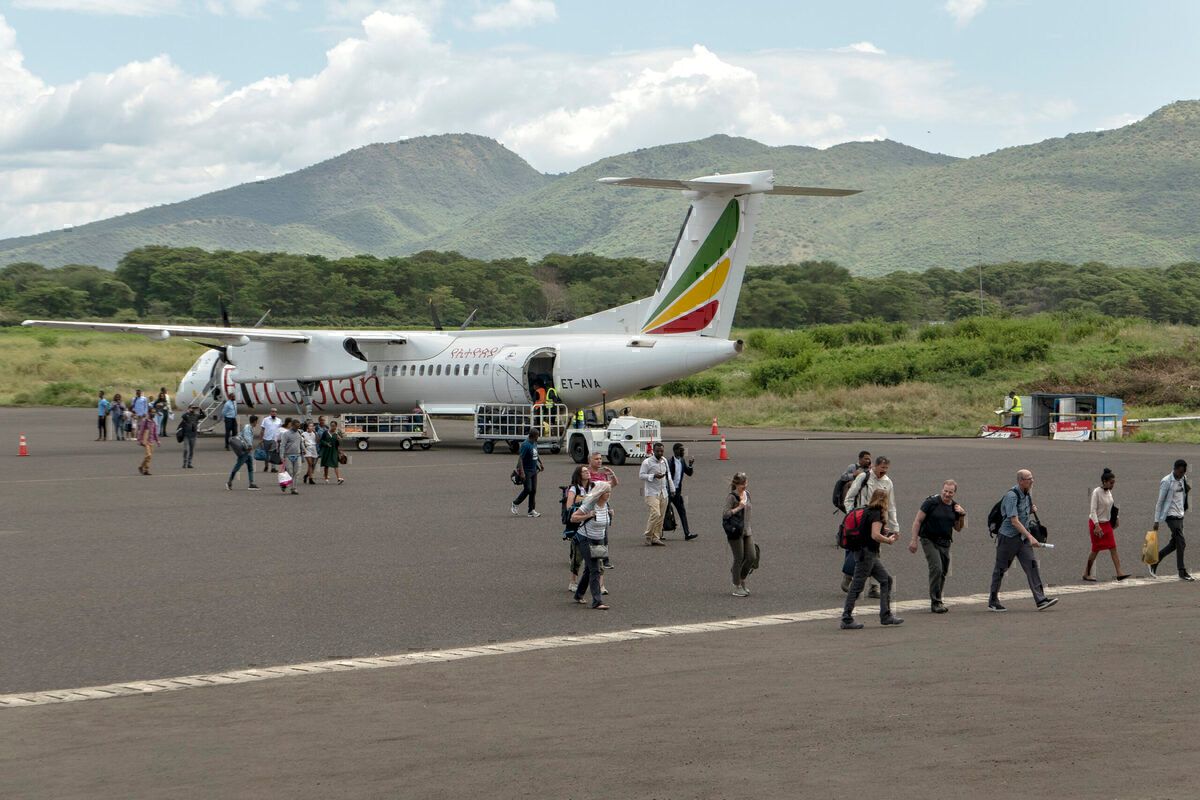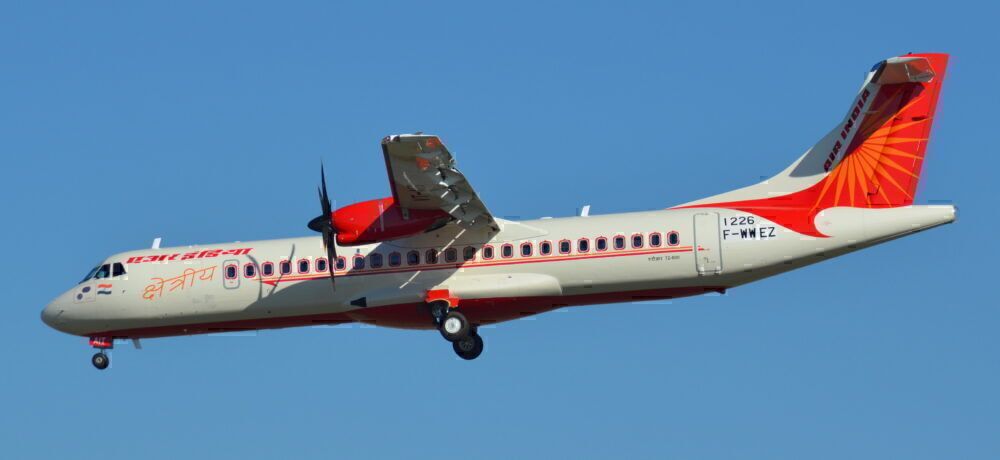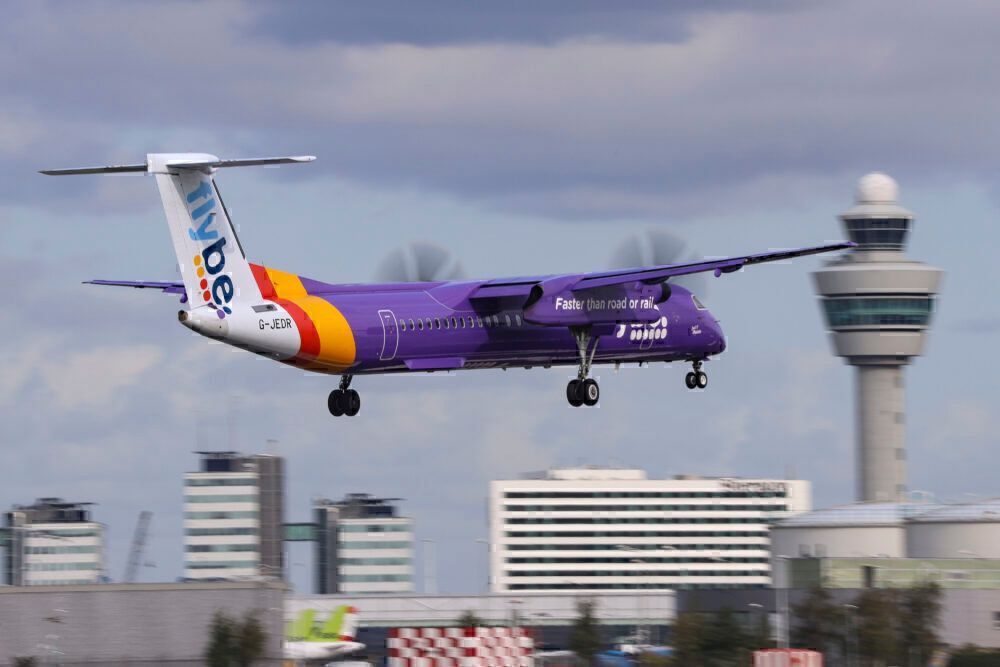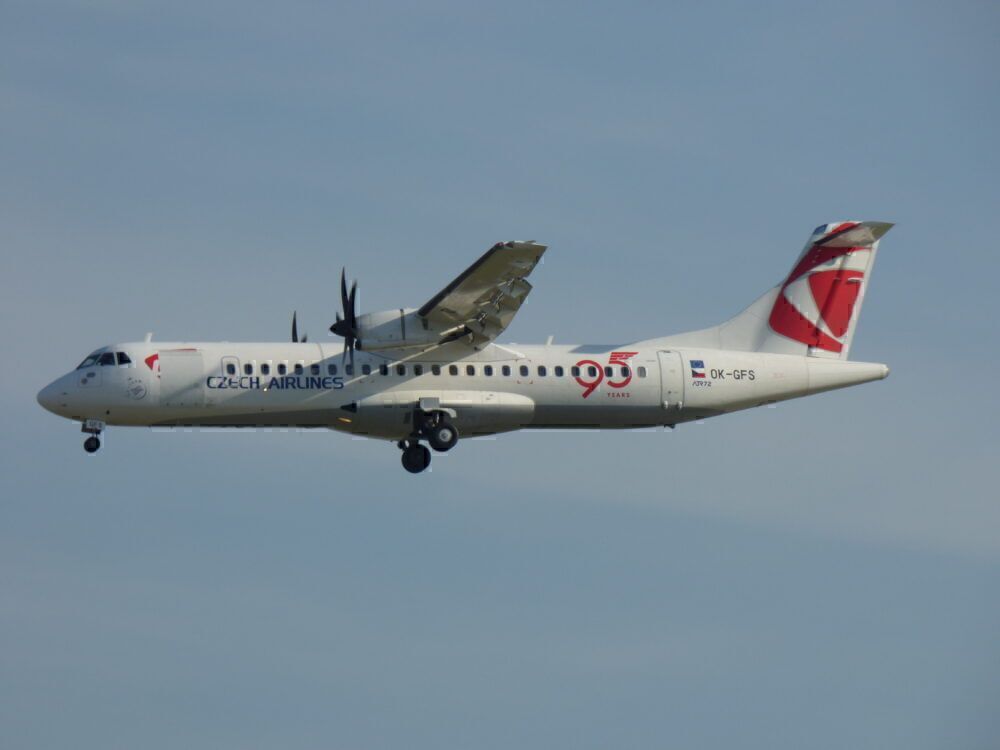When it comes to delivering a new aircraft, larger widebody jets usually have no issue getting from the factory to customer's homes around the world. Increasingly, single-aisle jetliners also have longer-range capabilities. But what about delivering regional jets and turboprop aircraft to far-flung customers? After all, there are airlines all around the world that have turboprop aircraft in their fleets.
Few production sites
The range of these aircraft limits them to regional services. This usually sees them connecting smaller communities, either to each other or to larger urban centers. However, the factories for such aircraft as the Dash 8, and the ATR 42/72 are few and far between. The Dash 8 is manufactured in Canada, while ATR planes are assembled in France.
The ATR 72-600 has a range of around 1,500 km (825 NM). As such, it would be unable to fly non-stop from its factory in Toulouse, France, to customers such as Nepal's Buddha Air. Therefore, some expert planning is required to get from point A to point B.
Stay informed: Sign up for our daily aviation news digest.
Minimizing weight
Minimizing weight is one way of increasing the range of the aircraft. There are several ways to do this. Perhaps most conspicuously, when aircraft like these are delivered, there are no passengers onboard. The absence of 60-70 passengers and their luggage can make a huge difference to the plane's range.
Additionally, as the seats themselves can be weighty additions, they are often shipped to the destination separately rather than installed at the factory. Therefore, without seats, passengers, or baggage, the range of the turboprop is increased, often by a couple of hundred nautical miles or so.
Extra fuel
It is also reported that extra fuel tanks can be installed to further increase the plane's range. According to the Robb Report, depending on the aircraft's size, these can range from custom-made metal tanks, right down to simple rubber bladders that are placed on empty seats.
Of course, there are plenty of potential places within the aircraft to place these auxiliary tanks with no passengers or seats onboard.
Hop, hop, hopping along
The final strategy for getting a short-distance aircraft through a long-distance journey is by making multiple stops along the way. For example, Ethiopian Airlines has been known to have its Dash 8s delivered over the following route: Toronto – Goose Bay – Reykjavík – Manchester – Rome – Cairo – Addis Abada. For transpacific journeys, fuel stops can be made in Alaska and Russia.
Even with suitable airports along the way, some routes require extra careful calculations due to the distance to the next suitable airport. Winds and weather must be taken into account, and sometimes the flights can only operate when these conditions are favorable.
Not without its perils
Perhaps to a greater extent than normal, pilots on these multi-leg ferry flights need to prepare for the worst. This is especially the case when flying over oceans. This means including additional survival gear and life rafts as part of the journey. The Robb Report cites one pilot who even packed "a number of red shirts so folk could readily spot me - or my body - from the air. It’s the kind of mortality issue one’s forced to address."
From the sounds of it, embarking on a long-haul ferry flight in a turboprop aircraft is akin to an endurance challenge, one that requires careful planning and the ability to entertain oneself for long stretches of time.
Which turboprop airliners have you flown on? Do you have a favorite? Let us know your thoughts and experiences in the comments!




